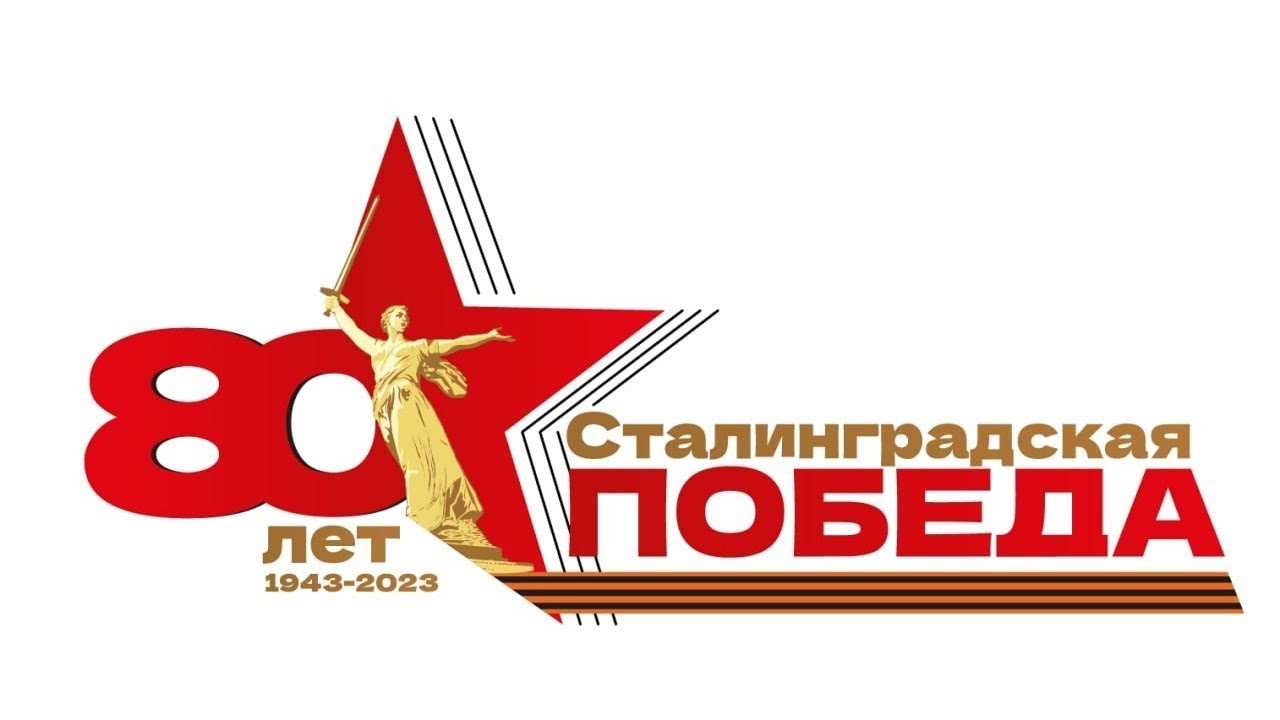Post-Quantum Cryptography: Billion-Dollar Market By 2030 Driven By New Algorithmic Standards

Table of Contents
The Rise of Quantum Computing and the Need for PQC
Quantum computers, leveraging the principles of quantum mechanics, promise computational power far exceeding that of classical computers. This power poses a direct threat to widely used encryption algorithms like RSA and Elliptic Curve Cryptography (ECC), which currently safeguard sensitive data worldwide. The ability of quantum computers to break these algorithms is not a matter of "if," but "when."
- Shor's Algorithm: This quantum algorithm can efficiently factor large numbers, the very basis of RSA's security. Similarly, it can solve the discrete logarithm problem, undermining ECC.
- Consequences of Data Breaches: The potential consequences of quantum computers breaking current encryption are staggering, including widespread data theft, financial fraud, and the disruption of critical infrastructure.
- Proactive Security: Adopting PQC is not merely a future consideration; it's a necessary proactive measure to prevent catastrophic security breaches in the quantum computing era. Ignoring this shift represents a significant risk.
New Algorithmic Standards Driving PQC Market Growth
The standardization of quantum-resistant algorithms is crucial for widespread adoption. Organizations like the National Institute of Standards and Technology (NIST) are leading the charge, meticulously evaluating and selecting algorithms that can withstand attacks from both classical and quantum computers.
- NIST's Standardization Process: NIST's rigorous selection process involves extensive cryptanalysis and public review to ensure the chosen algorithms are robust and secure.
- Types of PQC Algorithms: Several algorithm types are emerging as strong contenders, including lattice-based, code-based, multivariate, and hash-based cryptography. Each offers unique strengths and weaknesses.
- NIST-Approved Algorithms: The finalized NIST PQC standards include specific algorithms that have passed rigorous testing and are ready for deployment. Understanding the specifics of these algorithms and their applications is key to effective implementation. For example, CRYSTALS-Kyber, CRYSTALS-Dilithium, FALCON, SPHINCS+, and others offer various approaches to encryption and digital signatures.
- Ongoing Research and Development: Research into PQC is constantly evolving, with new algorithms and improvements being developed to enhance security and performance.
Key Market Drivers Fueling PQC Adoption
Several key factors are converging to accelerate the adoption of PQC and fuel market expansion:
- Government Regulations and Mandates: Governments worldwide are recognizing the threat posed by quantum computing and are implementing regulations and mandates promoting the transition to PQC.
- Increased Cybersecurity Concerns: Across sectors like finance, healthcare, and government, the growing awareness of cybersecurity threats is driving demand for robust, quantum-resistant solutions. Protecting sensitive data is paramount.
- Investment in R&D: Significant investments from both public and private sectors are fueling research and development in PQC, leading to advancements in algorithm design and implementation. This increased funding ensures progress continues at a rapid pace.
Challenges and Opportunities in the PQC Market
While the future of PQC is bright, significant challenges remain:
- Implementation Challenges: Integrating PQC into existing systems can be complex and may introduce performance overhead. This requires careful planning and skilled professionals.
- Market Opportunities: Despite the challenges, the market presents significant opportunities for innovation and growth. The development of new products and services based on PQC represents a fertile ground for technological advancement and investment. The Internet of Things (IoT) security, for example, is a sector ripe for PQC solutions.
- Skilled Professionals: A skilled workforce is vital for the successful development and implementation of PQC. The demand for professionals with expertise in this field is rapidly increasing.
Conclusion: Securing the Future with Post-Quantum Cryptography
The market for Post-Quantum Cryptography is poised for phenomenal growth, driven by the imminent threat of quantum computing and the urgent need to secure our digital infrastructure. The standardization of quantum-resistant algorithms, increasing cybersecurity concerns, and substantial investment in research and development are key factors propelling this expansion. While challenges exist in implementation, the opportunities for innovation and the creation of new security solutions are substantial. Invest in Post-Quantum Cryptography today and secure your future by adopting robust PQC solutions. Learn more about Post-Quantum Cryptography and its applications to protect your data in the quantum era.

Featured Posts
-
 Byds International Growth Benin Seychelles Croatia Slovakia Cambodia And A Record Breaking Vessel
May 13, 2025
Byds International Growth Benin Seychelles Croatia Slovakia Cambodia And A Record Breaking Vessel
May 13, 2025 -
 Efl Highlights Catch Up On All The Action And Goals
May 13, 2025
Efl Highlights Catch Up On All The Action And Goals
May 13, 2025 -
 Dooms Legacy Exploring The Dark Ages Inspiration In Modern Game Development
May 13, 2025
Dooms Legacy Exploring The Dark Ages Inspiration In Modern Game Development
May 13, 2025 -
 Toxic Chemicals Lingered In Ohio Derailment Buildings For Months
May 13, 2025
Toxic Chemicals Lingered In Ohio Derailment Buildings For Months
May 13, 2025 -
 K 80 Letiyu Pobedy Finansovaya Podderzhka Veteranov V Eao
May 13, 2025
K 80 Letiyu Pobedy Finansovaya Podderzhka Veteranov V Eao
May 13, 2025
